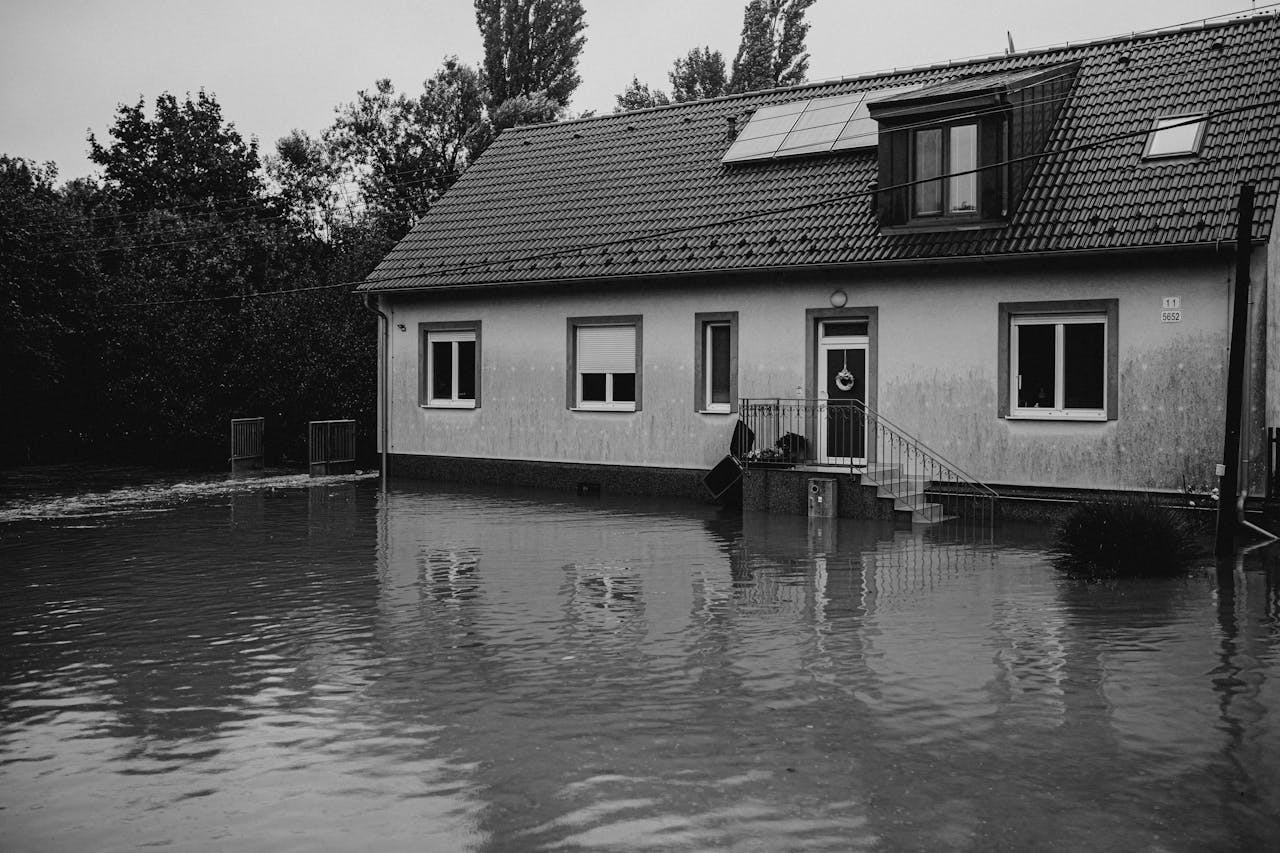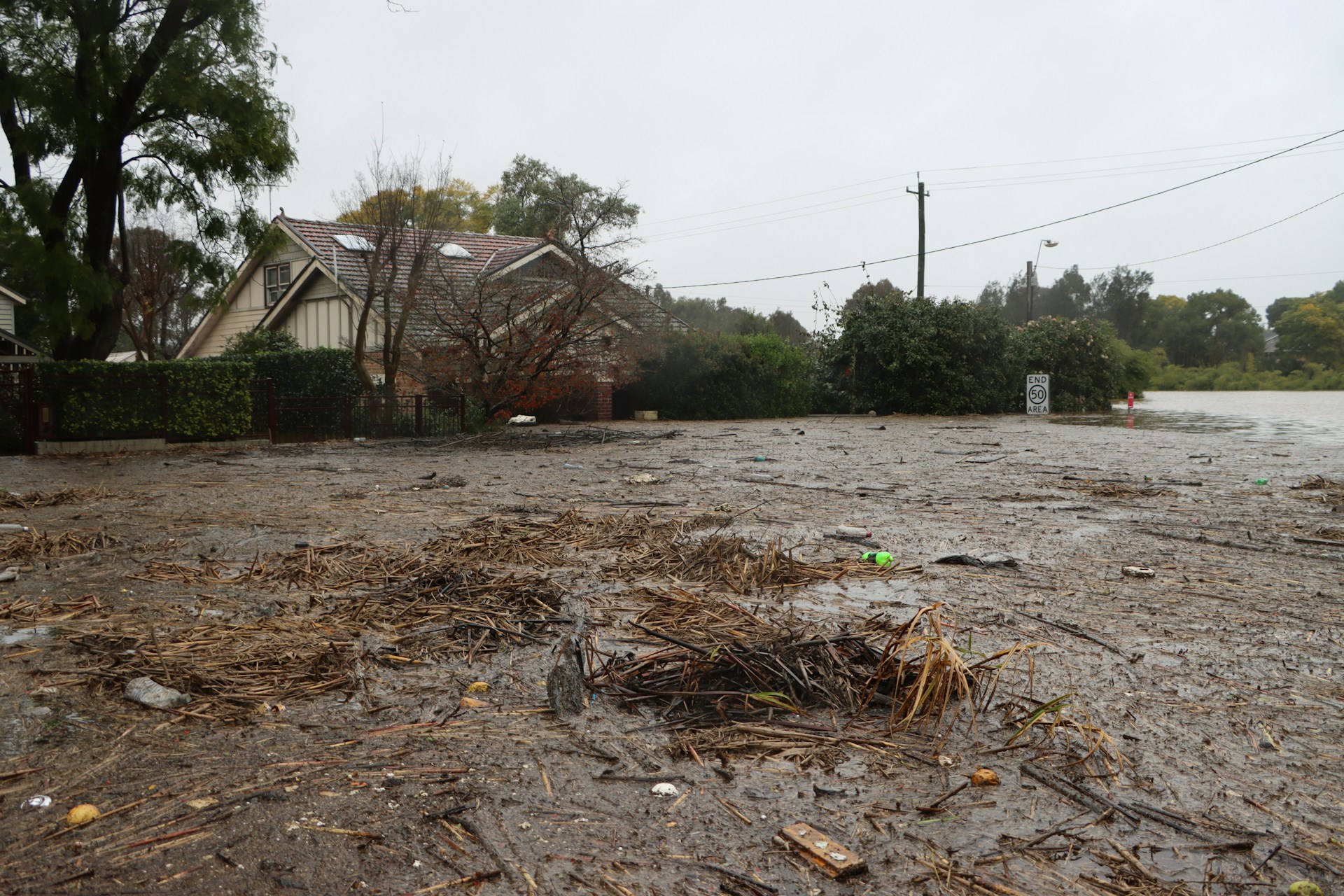
What Homeowners Need to Know About Flood Risks and Insurance Coverage
Flood risks are a crucial concern for homeowners, especially in areas prone to seasonal storms or heavy rainfall. Many people may assume they are not at risk for flooding, but the reality is that flood damage can happen unexpectedly, even in areas that are not typically flood-prone. Understanding flood zones, the importance of flood insurance, and what your insurance covers can help protect your home from the unexpected damage that floods can bring.
What Are Flood Zones and Why Are They Important?
Flood zones are areas that the Federal Emergency Management Agency (FEMA) designates as more or less likely to experience flooding based on their location, topography, and proximity to water bodies. These zones are crucial in understanding your risk and deciding whether you need flood insurance. There are several types of flood zones:
- Special Flood Hazard Areas (SFHAs): These areas have the highest risk of flooding, and homeowners in these zones often need flood insurance. They are typically located in low-lying areas or near rivers, lakes, and coastal regions.
- Moderate- to Low-Risk Areas: These areas still face a risk of flooding but at a lower frequency. Homeowners in these zones may not be required by law to carry flood insurance but should still consider it, especially if they live near water sources or in areas prone to heavy rainfall.
Knowing your flood zone is vital because it helps you determine the level of risk your home faces. You can easily find out your flood zone by checking FEMA’s flood maps or consulting with an insurance professional. These flood zones are not set in stone; weather patterns and climate changes can impact flood risks, especially during tropical storm seasons or periods of heavy rain.

Why Flood Insurance Is Important for Homeowners
Most standard homeowners insurance policies do not cover damages caused by flooding. This means that if your home is damaged by rising water from a tropical storm or heavy rainfall, your standard policy will not help cover the repair costs. Flood insurance is designed to fill this gap in coverage by protecting against damages caused by floods, including rising waters that might overwhelm drainage systems or rivers that overflow.
For homeowners in high-risk flood zones, flood insurance is often required, particularly if you have a mortgage. However, even homeowners in lower-risk zones should consider flood insurance. Weather patterns are unpredictable, and tropical moisture or seasonal storms can unexpectedly increase flood risks, even in areas that rarely flood. The cost of repairing water damage caused by flooding can be enormous, and flood insurance is a cost-effective way to protect your property from significant financial loss.
What Does Flood Insurance Cover?
Flood insurance is designed to protect homeowners from the financial burden of damage caused by flooding. This coverage can be crucial for safeguarding the home and personal property from the devastating effects of rising water. Below, we break down the different aspects of what flood insurance covers.
Structural Damage to the Home
Flood insurance primarily covers damage to the structure of your home. This includes key components such as:
- Foundation: The base structure of your home, including the foundation, is covered for flood-related damage.
- Walls and Floors: Flood insurance helps cover the cost of repairing walls, floors, and ceilings that have been damaged by rising water.
- Roof: If floodwaters cause damage to your roof, this is generally covered by flood insurance.
These coverages can help homeowners repair or replace damaged parts of their home to restore it to a livable condition. Without flood insurance, the cost of repairing the structure can be significant, and homeowners could be left with a large financial burden.
Personal Property Inside the Home
In addition to structural damage, flood insurance also covers personal property inside the home. This includes items such as:
- Furniture: Sofas, chairs, and tables that are damaged by flooding.
- Appliances: Household appliances like refrigerators, washers, and dryers that are damaged by water.
- Clothing and Electronics: Personal items like clothes, computers, and other electronics can also be replaced under flood insurance policies.
It is important to note that flood insurance may set limits on how much it will cover for personal property, so homeowners should assess whether additional coverage is necessary, especially for high-value items.
Debris Removal and Cleanup
Flood insurance also covers the cost of removing debris and cleaning up your property after a flood. This includes the removal of:
- Mud and Silt: Mud and silt can accumulate in your home during a flood, and flood insurance can help pay for its removal.
- Damaged Materials: If flooring, drywall, or insulation is damaged by water, the cost of removing and disposing of these materials can be covered.
Cleanup can be an extensive and costly process, so having flood insurance to cover debris removal can significantly reduce the financial strain after a flood event.
Additional Living Expenses
Flood insurance can also cover additional living expenses if your home becomes uninhabitable due to flood damage. This might include:
- Temporary Housing: If your home is severely damaged and you need to find temporary accommodation, flood insurance may help cover the costs of staying in a hotel or rental property.
- Living Expenses: This can also include things like food and transportation costs while you are displaced.
However, it is important to review your flood insurance policy to see if this coverage is included, as some policies may have limits or exclusions for additional living expenses.
Basements and Lower Levels
Flood insurance can cover some damage to basements or lower levels of the home, although coverage may be more limited. In many cases, personal property in the basement is covered, but structural damage to basements may have different terms. This includes:
- Basement Appliances: Sump pumps, water heaters, and HVAC systems in basements may be covered.
- Finished Basements: Finished parts of the basement, such as drywall and flooring, can be covered, but there may be limits on how much flood insurance will pay out for these areas.
Homeowners with finished basements or those who store valuable items in lower levels should carefully evaluate their flood insurance coverage to make sure they are adequately protected.
What Flood Insurance Does Not Cover
While flood insurance provides essential coverage for flood-related damages, it does have exclusions that homeowners should be aware of. It is important to understand these limitations so that homeowners can make informed decisions about their overall insurance protection. Below, we break down some of the key things that flood insurance will not cover.
Sewer and Drainage System Failures
Flood insurance does not cover damages caused by sewer backups or drainage system failures. If flooding occurs due to a failure in the local sewage system or a blocked drainage system, homeowners will need additional coverage, such as a separate sewer backup policy, to protect against this type of damage. This exclusion can be important to note in areas prone to storm surges or intense rainfall, which may overwhelm local drainage systems and lead to flooding in the home.
Mudslides and Landslides
Flood insurance generally does not cover damage caused by mudslides, landslides, or other forms of ground movement, even if these events are triggered by flooding. While floods can cause rivers and streams to overflow, resulting in landslides, flood insurance typically does not extend to this type of damage. Homeowners in areas where mudslides or landslides are a concern may need additional coverage through a landslide insurance policy.
Vehicles and Motorized Equipment
Flood insurance does not cover vehicles, boats, or other motorized equipment that may be damaged during a flood. This includes cars, motorcycles, trucks, and RVs. For protection against flood damage to vehicles, homeowners would need to have comprehensive auto insurance coverage. The same applies to motorized equipment such as lawnmowers, ATVs, or snowmobiles, these are generally not covered by flood insurance.
Luxury and High-Value Items
Personal property coverage under flood insurance has limits, and many high-value items may not be fully covered. Items such as fine art, jewelry, collectibles, or expensive electronics may exceed the limits of personal property coverage under a standard flood insurance policy. Homeowners with high-value items should consider purchasing additional coverage to ensure these possessions are fully protected from flood damage.
Landscaping and Outdoor Structures
Flood insurance typically does not cover damages to landscaping, trees, or outdoor structures such as fences, sheds, or patios. These types of outdoor features are generally excluded from coverage under most flood insurance policies. Homeowners may need separate coverage or policies for these areas, especially if they are concerned about the impact of flooding on valuable landscaping or outdoor structures.
Loss of Income or Business Interruption
Flood insurance does not cover lost income or business interruptions. If a homeowner is unable to operate a business from their home due to flood damage, flood insurance will not provide compensation for the loss of business revenue. For homeowners who run a business from their property, it is advisable to have separate business interruption insurance to cover this type of loss.
The Impact of Tropical Moisture and Seasonal Flooding
Tropical storms and heavy rainfall can bring unexpected flooding, especially during certain times of the year when tropical moisture is more prevalent. For example, during the rainy season or in areas affected by seasonal storms, the risk of flooding can increase dramatically. Even areas that are not typically at high risk for flooding can experience damage from excessive rainfall or rising water levels during storms.
Homeowners in areas where tropical storms are common need to pay special attention to their flood risk during storm season. These storms can bring large amounts of moisture, resulting in flash floods or overflow from rivers and lakes. It is essential for homeowners to stay informed about weather forecasts and flood warnings and to ensure that their flood insurance covers any potential damage during these peak seasons.
How to Assess Your Flood Risk and Insurance Needs
To properly assess your flood risk, start by checking FEMA’s flood zone maps to see if your home is in a high-risk area. These maps are updated regularly, so it is important to stay up to date. If your home is in a high-risk flood zone, flood insurance may be required by your mortgage lender. Even if you are in a lower-risk zone, consider speaking with an insurance professional to evaluate whether flood insurance makes sense for you.
If you are unsure about whether you need flood insurance, consider factors like the age of your home, its proximity to bodies of water, and any past flooding in your area. Keep in mind that homes in higher elevation areas may be less susceptible to flooding, while homes in lower-lying areas near rivers or coastlines may have a higher chance of flood damage.
Start Your Quote Today
Our licensed specialist will search for the best insurance quotes and will email you when ready.



